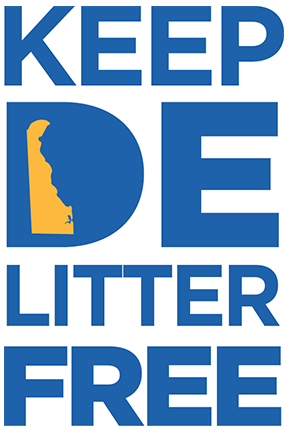Trash on our beaches and in our waterways isn’t just unsightly – it’s also potentially dangerous to marine life and in some cases harmful to water quality. The annual Delaware Coastal Cleanup offers volunteers an opportunity to help make a difference for Delaware’s shoreline and waterways while joining an international effort to clean up the world’s waters.
The 2024 Delaware Coastal Cleanup is set for Saturday Sept. 14, 2024, with the rain date the following Saturday, Sept. 21.
More details will appear here as the Coastal Cleanup planning committee sorts them out between now and September.
A coastal storm forced the cancellation of the single-day cleanup in 2023, but Delawareans were encouraged to participate in a self-directed, month-long cleanup throughout September 2023, which DNREC inaugurated during the pandemic.
Volunteers submitted data on the trash they found on a trash-reporting app before disposing of trash recyclables appropriately in at-home carts.
Reported cleanup results are available on the interactive map and data dashboard below.
The month-long cleanup campaign supports Governor John Carney’s Keep DE Litter Free initiative.

The Coastal Cleanup event, and the month-long cleanup, help keep communities and natural areas in the First State clean through personal commitment. They support the Governor’s Keep DE Litter Free initiative.
Cleaning up locally makes a big difference statewide and keeps trash from entering waterways and making its way to beaches and beyond.
DNREC suggests several ways to make a difference all year long.
Pick up trash near your home to keep your neighborhood clean.
Follow a carry-in/carry out plan and take all trash with you when visiting outdoor spaces, like Delaware State Parks, wildlife areas, and reserves, or county and local parks.
Pack a disposable bag and rubber gloves when you take a walk, go for a hike, go hunting or fishing, etc. to collect and carry out trash you find along the way.
Recycle applicable items through in-home recycling or designated drop-off locations. Learn more at de.gov/recycling.
Don’t forget to wear gloves when picking up trash. And wash your hands thoroughly after cleanup activities. And, as we make our way out of the COVID pandemic, please and follow all recent public health advice.

Related Topics: bay, bayshore, beach, clean-up, cleanup, coastal, ocean and coasts, shoreline, volunteer